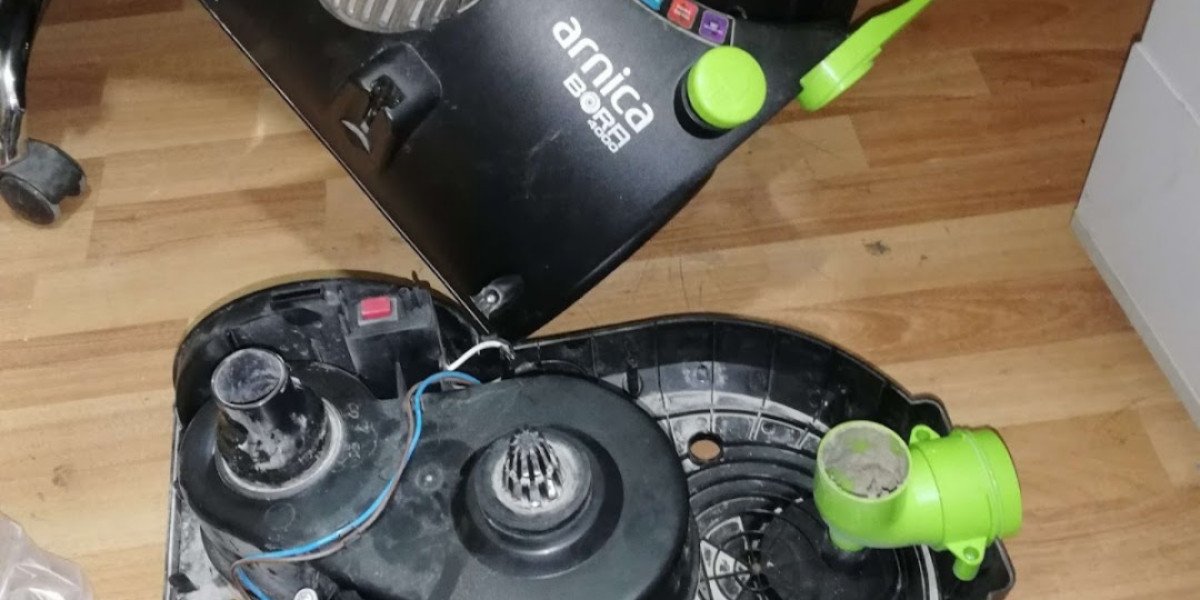Step into Comfort: Unlock the Secret to Finding Your Perfect Walking Shoes!
Choosing the right walking shoes is crucial for your comfort and overall health. Whether you're taking a leisurely stroll in the park, embarking on a brisk morning walk, or tackling a more intense hiking trail, the right footwear can make a world of difference. Poorly chosen shoes can lead to discomfort, blisters, and even long-term health issues like plantar fasciitis. In this article, we will explore various aspects to consider when selecting walking shoes, including essential features, assessing your walking style, trying on shoes, evaluating your walking environment, and budgeting effectively. By the end of this guide, you will be equipped with the knowledge to find the perfect pair that meets your needs and enhances your walking experience.

Understanding the Basics of Walking Shoes
Walking shoes are specifically designed to provide comfort and support during walking activities, differentiating them from running shoes or casual sneakers. The primary feature that sets walking shoes apart is their construction; they typically have a more flexible sole to allow for the natural rolling motion of the foot while walking. Additionally, walking shoes often possess a greater emphasis on cushioning and arch support to absorb impact and reduce the risk of injury.
When shopping for good shoes for walking, be on the lookout for key features such as adequate cushioning, which helps to absorb shock; arch support that caters to your foot's natural curve; a secure fit that prevents slippage; and durable materials that can withstand wear and tear. A well-constructed walking shoe will also have a breathable upper to keep your feet cool and dry, along with a sturdy outsole for traction and stability on various surfaces. Understanding these basics will help you make an informed decision when selecting your next pair of walking shoes.
Assessing Your Walking Style
Your walking style plays a significant role in determining which shoes will work best for you. There are generally three categories of walking styles: neutral, overpronation, and underpronation (or supination). Neutral walkers have a balanced foot motion, while overpronators roll their feet inward excessively, and underpronators tend to roll their feet outward.
To assess your walking style, consider visiting a specialized shoe store where staff can analyze your gait. Alternatively, you can perform a simple wet foot test: wet your foot and step onto a piece of paper to see your footprint. This will help you identify your arch type. Understanding your walking style is essential for selecting shoes that provide the right amount of support and cushioning to enhance your comfort and prevent injury.
Trying on Walking Shoes
Once you have a good understanding of what you need, it’s time to try on walking shoes. It’s advisable to shop later in the day when your feet are slightly swollen, as they will be more representative of your size during actual walking. Always wear the same type of socks you plan to wear with the shoes, and remember to walk around the store to test the fit.
A good fit should feel snug but not tight. You should have about a half-inch of space between your longest toe and the front of the shoe. If you experience any pinching, rubbing, or discomfort, the shoes are likely not the right fit for you. Pay attention to how the shoes feel when you walk; they should provide support without any pressure points. Taking the time to find the right fit will save you from discomfort during your walks.
Considering Your Walking Environment
Your usual walking environment greatly influences the type of shoes you should consider. Different surfaces require different shoe characteristics. For instance, if you primarily walk on pavement, a shoe with good cushioning and shock absorption is ideal. On the other hand, if you enjoy trail walking, look for shoes with a rugged outsole for better grip and stability on uneven terrain.
Additionally, consider weather conditions and the season. Waterproof shoes may be necessary for wet conditions, while breathable materials are essential for hotter climates. By evaluating your typical walking environment, you can make a more informed choice that enhances your comfort and safety during walks.
Budgeting for Your Walking Shoes
While it’s tempting to opt for the cheapest option, understanding the balance between quality and price is key when purchasing walking shoes. A higher price often correlates with better materials, technology, and durability, which can ultimately save you money in the long run by avoiding frequent replacements.
To find good walking shoes within your budget, consider shopping during sales or looking for online discounts. You can also keep an eye on local clearance events. Remember, investing in a quality pair of shoes is an investment in your health and comfort. Don’t compromise on fit and support just to save a few dollars.
Summary of Key Points for Choosing Walking Shoes
In summary, selecting the right walking shoes is a critical step in ensuring a comfortable and enjoyable walking experience. By understanding the basics of walking shoes, assessing your walking style, trying on shoes properly, considering your walking environment, and budgeting wisely, you’ll be well on your way to finding the perfect pair. Remember, comfort and fit should always be your top priorities. With the right footwear, you can step into a world of comfort, making every walk a delightful experience!







